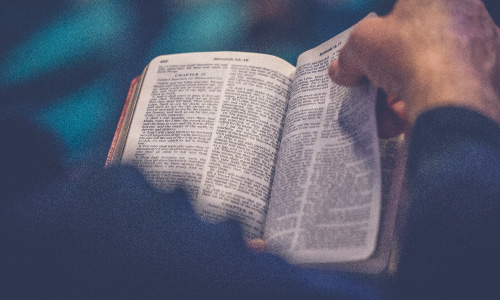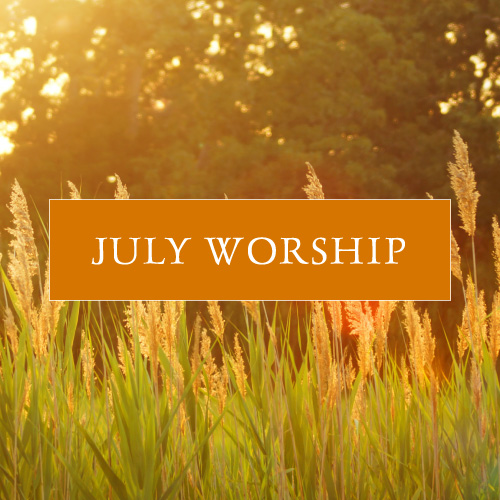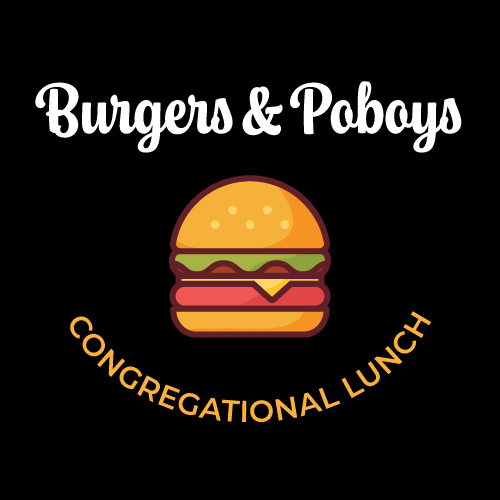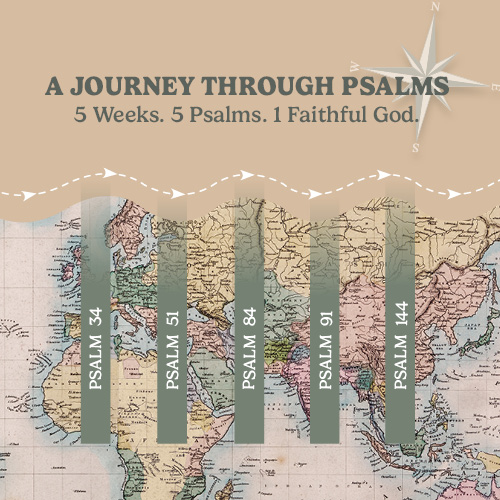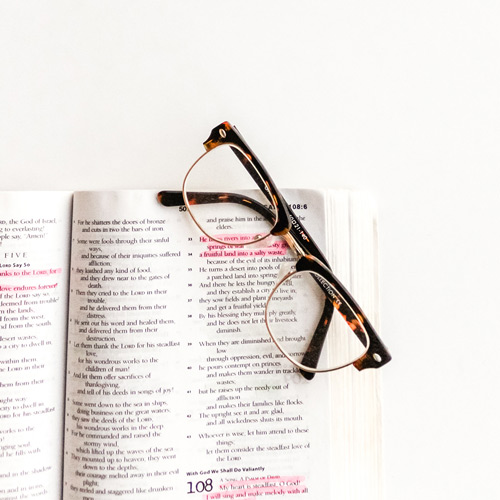Religion in Young Baton Rouge
Posted on: February 28, 2025
by: Zora Olsson, Church Historian
by: Zora Olsson, Church Historian
Last month, we talked about the early missionaries of the late 17th.jpg) century who ministered in what was called the Mississippi Valley. Now we shift our attention to what was happening specifically in Louisiana in the early 18th century.
century who ministered in what was called the Mississippi Valley. Now we shift our attention to what was happening specifically in Louisiana in the early 18th century.
.jpg) century who ministered in what was called the Mississippi Valley. Now we shift our attention to what was happening specifically in Louisiana in the early 18th century.
century who ministered in what was called the Mississippi Valley. Now we shift our attention to what was happening specifically in Louisiana in the early 18th century.
During the early years of its history, the inhabitants of the unique village of Baton Rouge (formerly called Red Stick) did not possess the right to religious freedom. Dominion over this rich and desirable area of the New World shifted from country to country through exploration or by treaty rights. France, England and Spain each claimed a portion of Louisiana which was referred to as the West Florida Parishes of which Baton Rouge was a part. Immediately after acquisition, each country made an attempt to colonize its new possession and impose its own set of rules and restrictions upon the settlers. The French required settlers to worship in the Catholic faith.
In 1720, Bernard and Pierre D’Artaguiette received a land grant settlement from France called Red Stick. In 1722, Diron D’Artaguiette held that this settlement was populated by “50 souls.” On New Year’s Day 1727, Father Pierre Francois-Xavier de Charlevoix celebrated the first mass in Baton Rouge. This was the first record of a religious service in Baton Rouge and probably the only one held for many years.
In 1763, the Treaty of Paris was signed in which England acquired from France all lands east of the Mississippi River except the Isle of Orleans. This placed Baton Rouge, which was renamed New Richmond, under the English flag. The British required all holders of French land grants to pledge allegiance to the King of England if they wished to retain their property, and worship God in the Catholic religion. This requirement had no effect on New Richmond, for at that time the Houma Indians appear to have been the only inhabitants of the bluff, and Catholic priests traveling up and down the river probably visited the tribes.
The English made numerous land grants along the bluffs of the Mississippi River (this former bluffs path along the river is now known as Highland Road) at New Richmond to Englishmen from New England and the England along with several Scotsmen. By 1775, between 10 and 15 men lived in New Richmond engaged in stave making (wood or iron strips used in barrel making), slave trading and the sale of contraband goods.
Enter the Scotsman William Dunbar, descended from a long line of Presbyterians, who came to America in 1771.
To be continued next month.
Posted in:
Church History




 Close
Close

 years, let’s begin by looking back to see how far we have come. This begins a series of looking back on that history.
years, let’s begin by looking back to see how far we have come. This begins a series of looking back on that history. 
